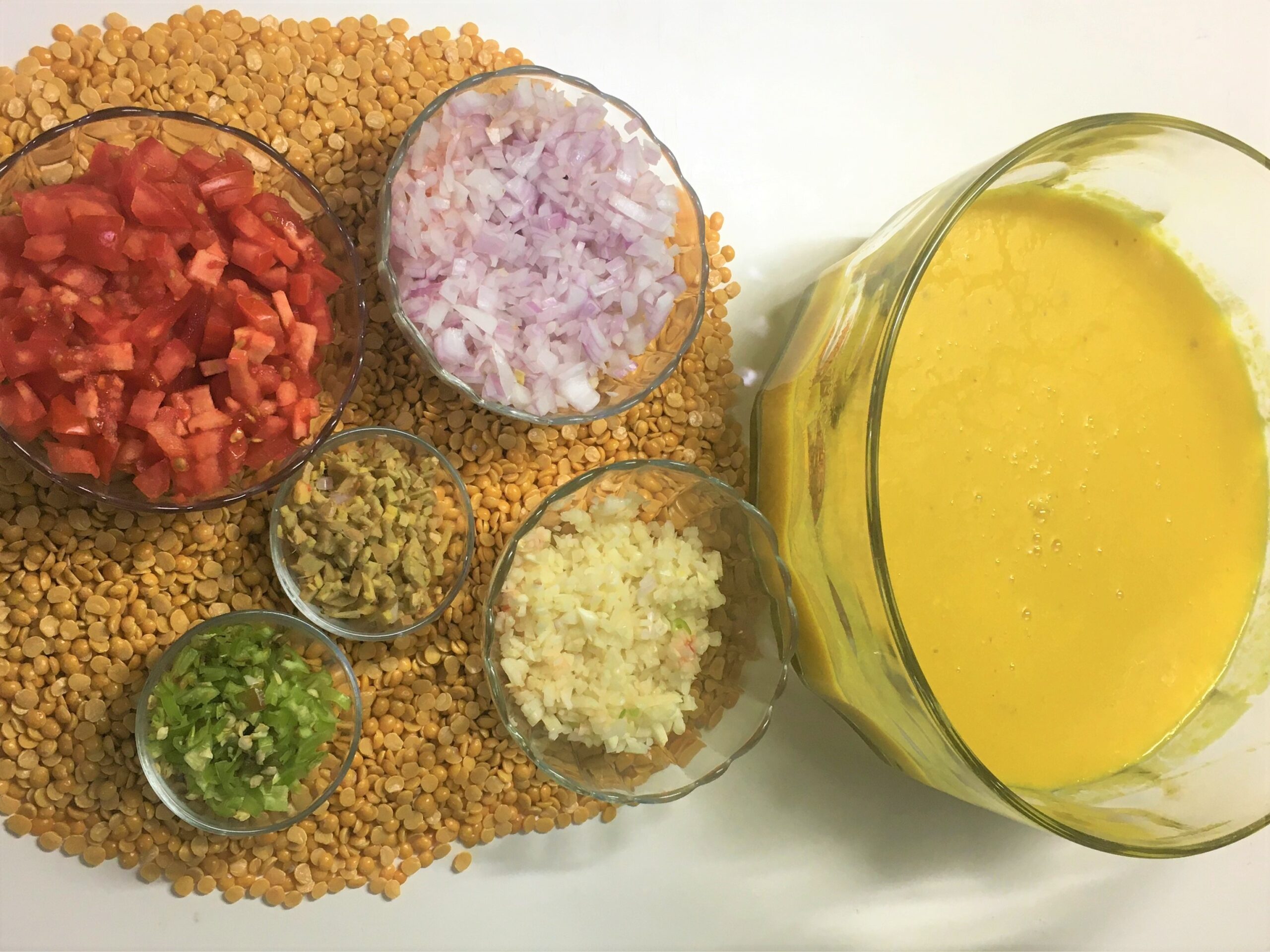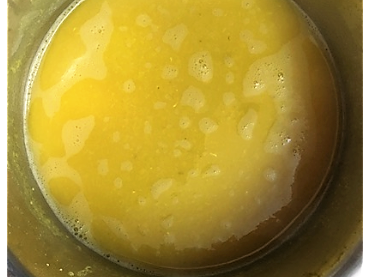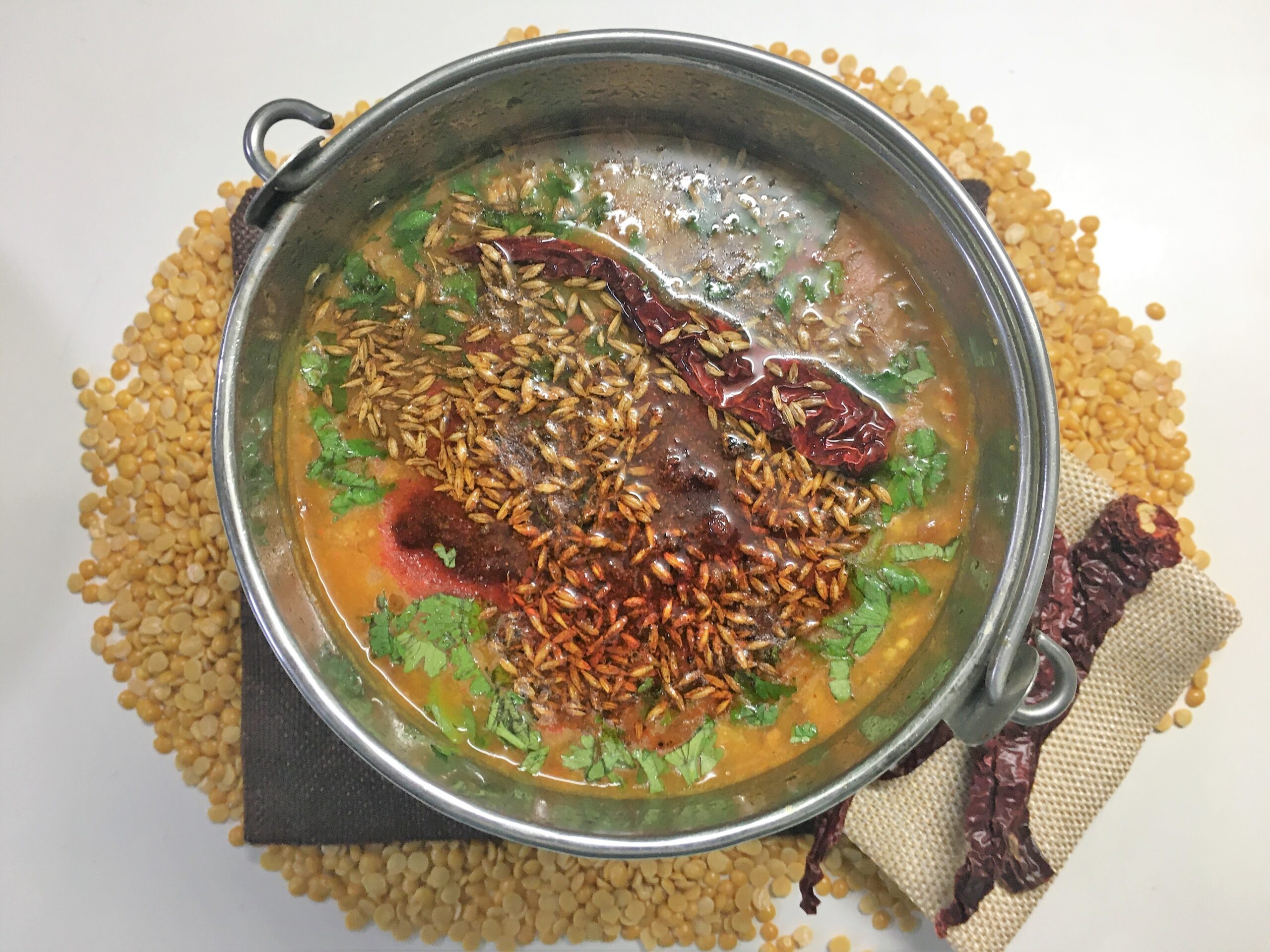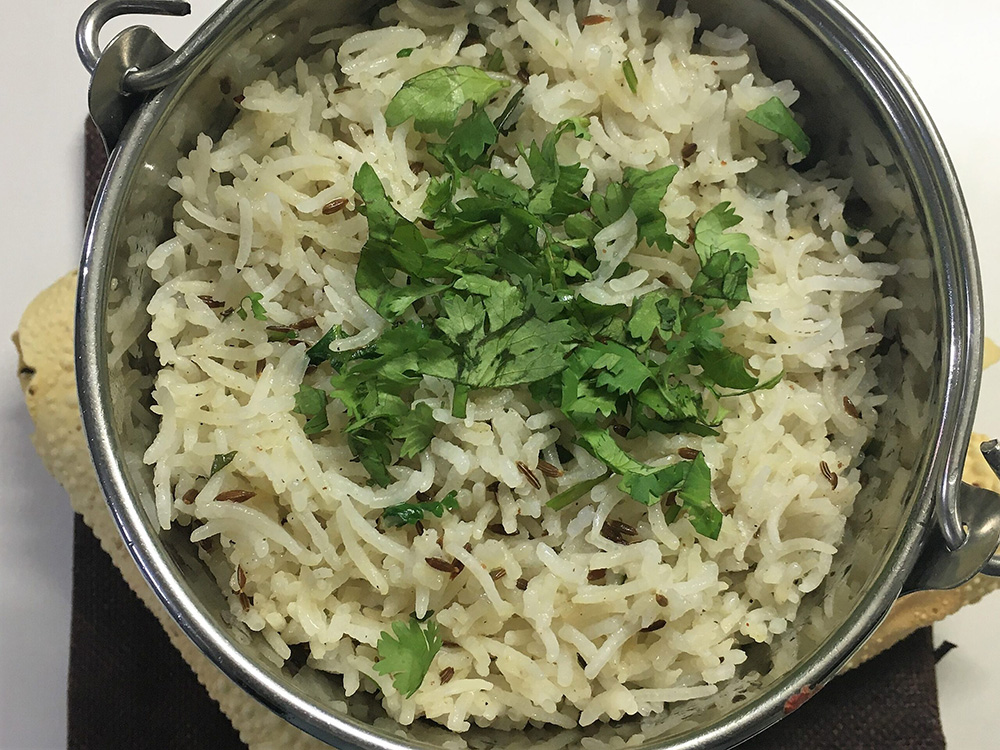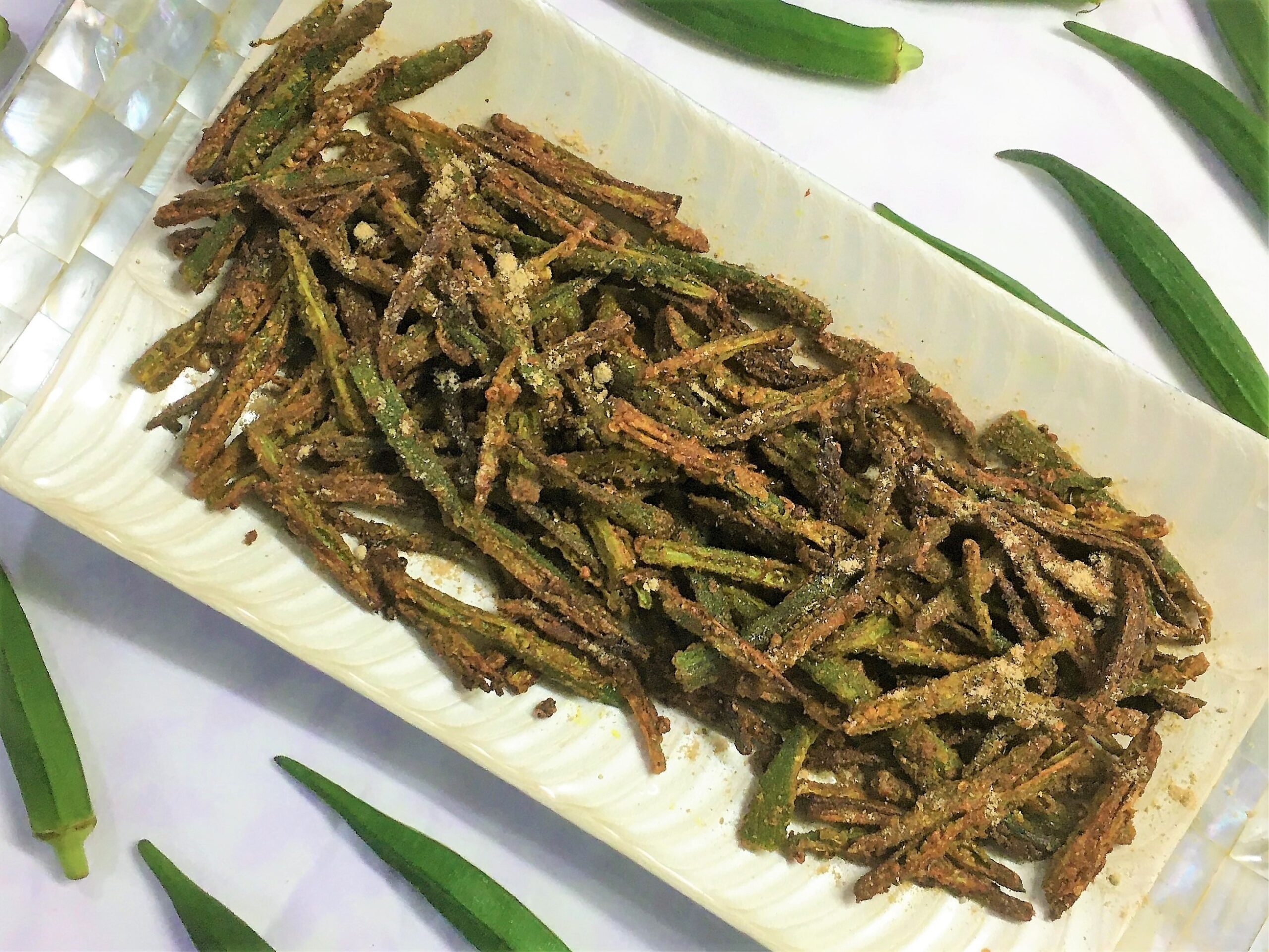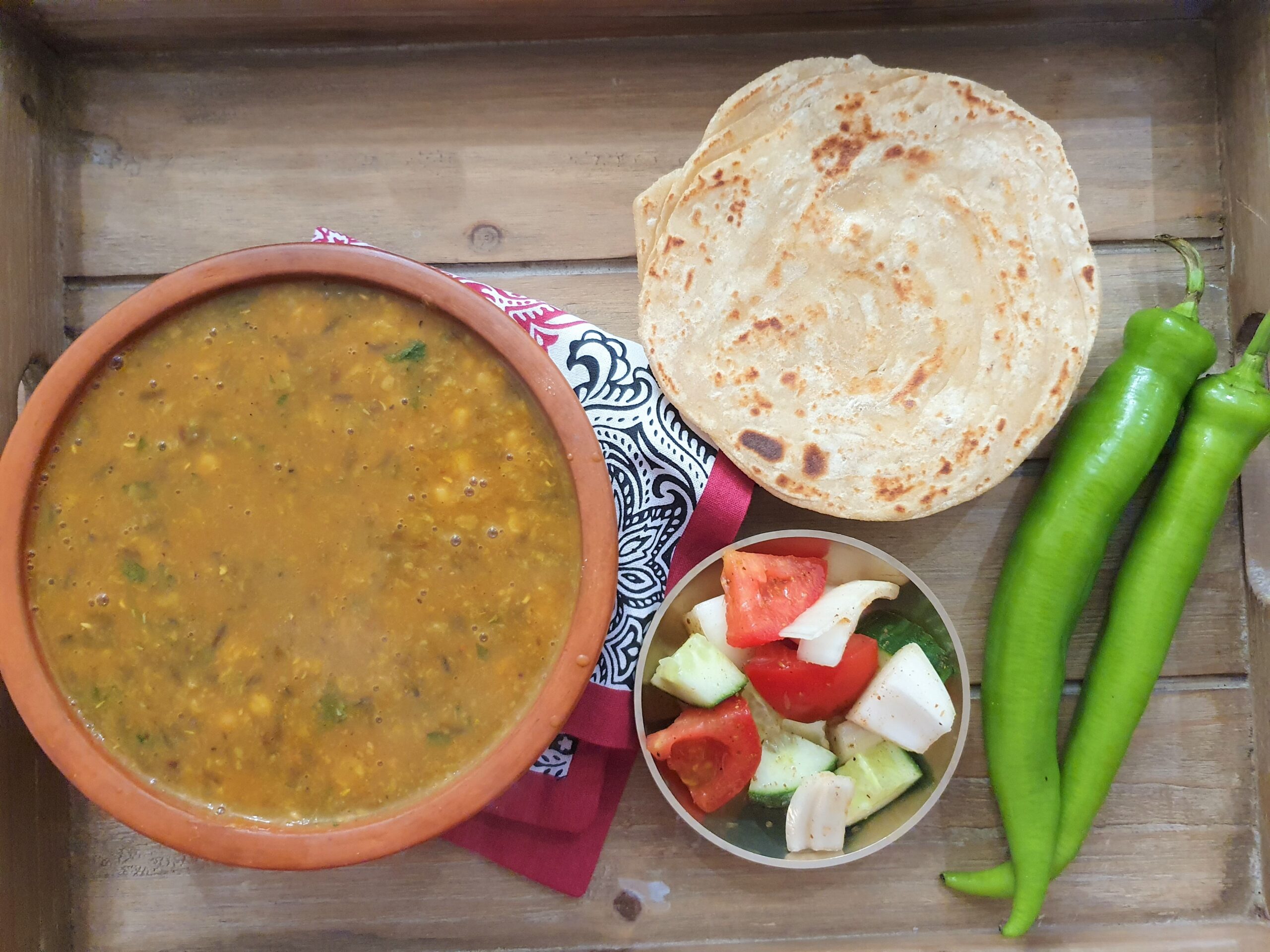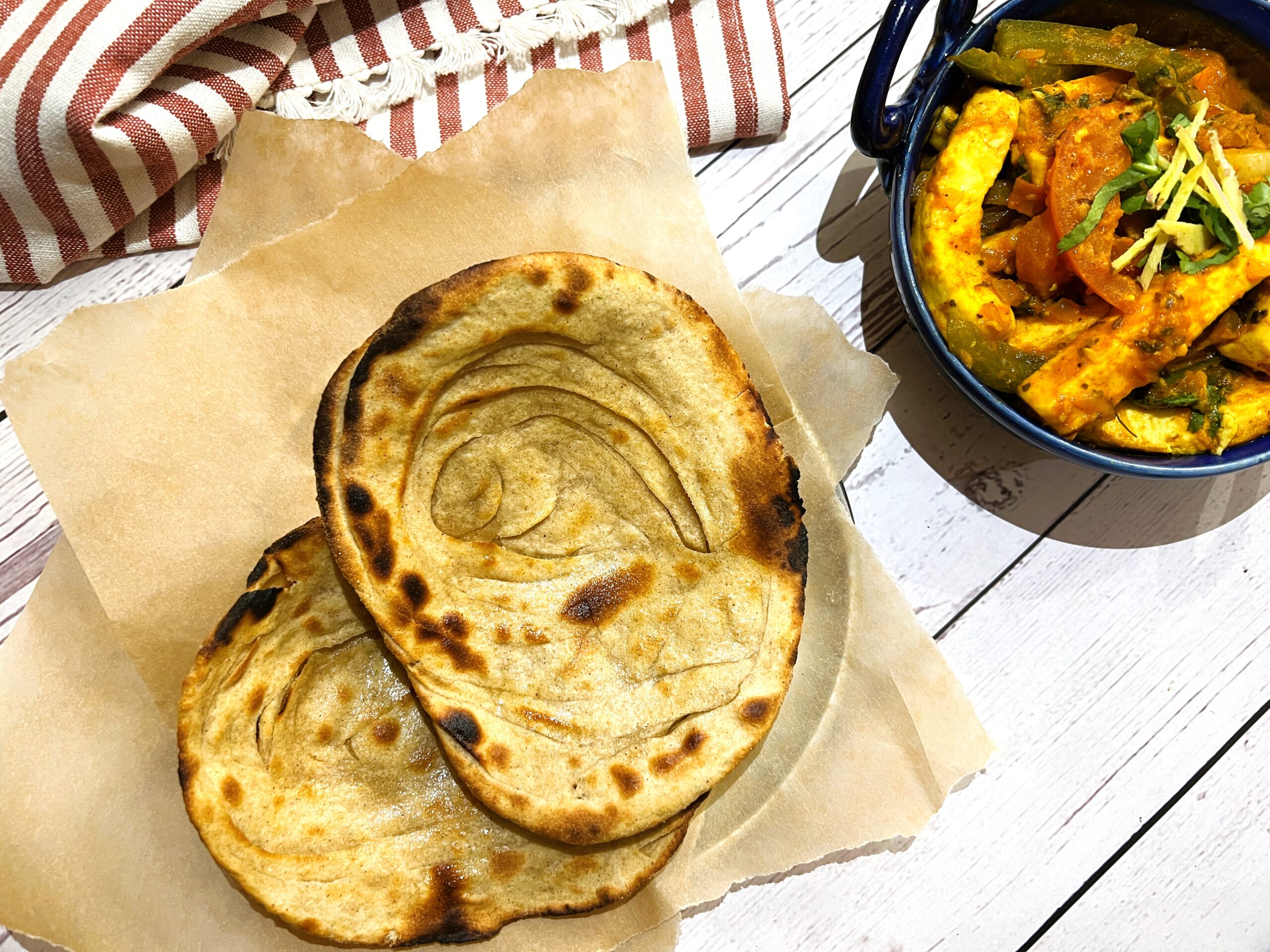Tadka Dal / Dal Tadka (Dhaba Style /Restaurant Style)
Dal Tadka is the most popular dal which is served in Indian restaurants.
Dal (lentils and pulses) is considered to be one of the staple food of Indian cuisine and every region has a popular dish prepared with dal. Dal is rich in protein and hence for vegetarians dal is one of the important protein sources. In my mind, Tadka Dal is synonymous to Highway Dal. Tadka Dal is very popular in Dhaba’s (highway/motorway restaurants) and usually sold in all Dhaba’s in North of India. The magic of this dal is that it requires very simple ingredients and also the ‘double’ tadka given to the dal that is custom made according to taste.
If you have never made any Indian dish before, I would suggest make this your first as you won’t need too many ingredients. It tastes just utterly delicious and you are in full control of the heat/spice level.
Like I mentioned before this is a special dal which requires a double ‘tadka’. For the first ‘tadka’ onion, tomatoes, garlic, and ginger are sautéd along with spices. Then the boiled dal gets cooked with the spices. When the dal is cooked, then second tempering is added to it. This second ‘tadka’ makes the dal aromatically classic and gives it a creamy richness. This recipe can be made with any 2 types of dals. You can make it with any yellow dal (split lentils). I make the dal tadka sometimes with Arhar dal (split pigeon pea lentils) and Moong dal and sometimes with Arhar dal and Masoor dal (split pink lentils).
I would highly recommend using ghee (clarified butter) for this recipe as it adds an exceptional flavour to the whole dish. The luscious dal with double tadka can be paired beautifully with Jeera Rice and/or Tandoori Lachha Paratha.
I would highly recommend trying Vegetable Mughlai Paratha, Bhindi Do Pyaza, Aloo Raita, Boondi Raita, Peas Pulao, and Vegetable Pulao to compliment Tadka Dal.
Ingredients
To pressure cook/Boil
¾ cup arhar dal/ toor dal (pigeon peas split and dehusked)
¼ cup moong dhuli dal (green gram split and dehusked)
1 teaspoon turmeric powder
Salt to taste
For First tempering
1 finely chopped onion
1 finely chopped tomato
2 finely chopped green chillies
½ inch if finely chopped ginger
2 teaspoons finely chopped garlic
1 teaspoon red chilli powder (lal mirch)
1 teaspoon coriander powder (dhania powder)
Salt to taste
2 teaspoons ghee
1 teaspoon cumin seeds (jeera)
1/2 teaspoon asafoetida (hing)
¼ cup finely chopped coriander Leaves
1 teaspoon dal tadka masala (optional)
For Second Tempering
2 teaspoons ghee
1 teaspoon cumin seeds (jeera)
1 teaspoon red chilli powder (lal mirch)
1-2 whole red chillies (optional)
1-2 bay leaf (optional)
Directions
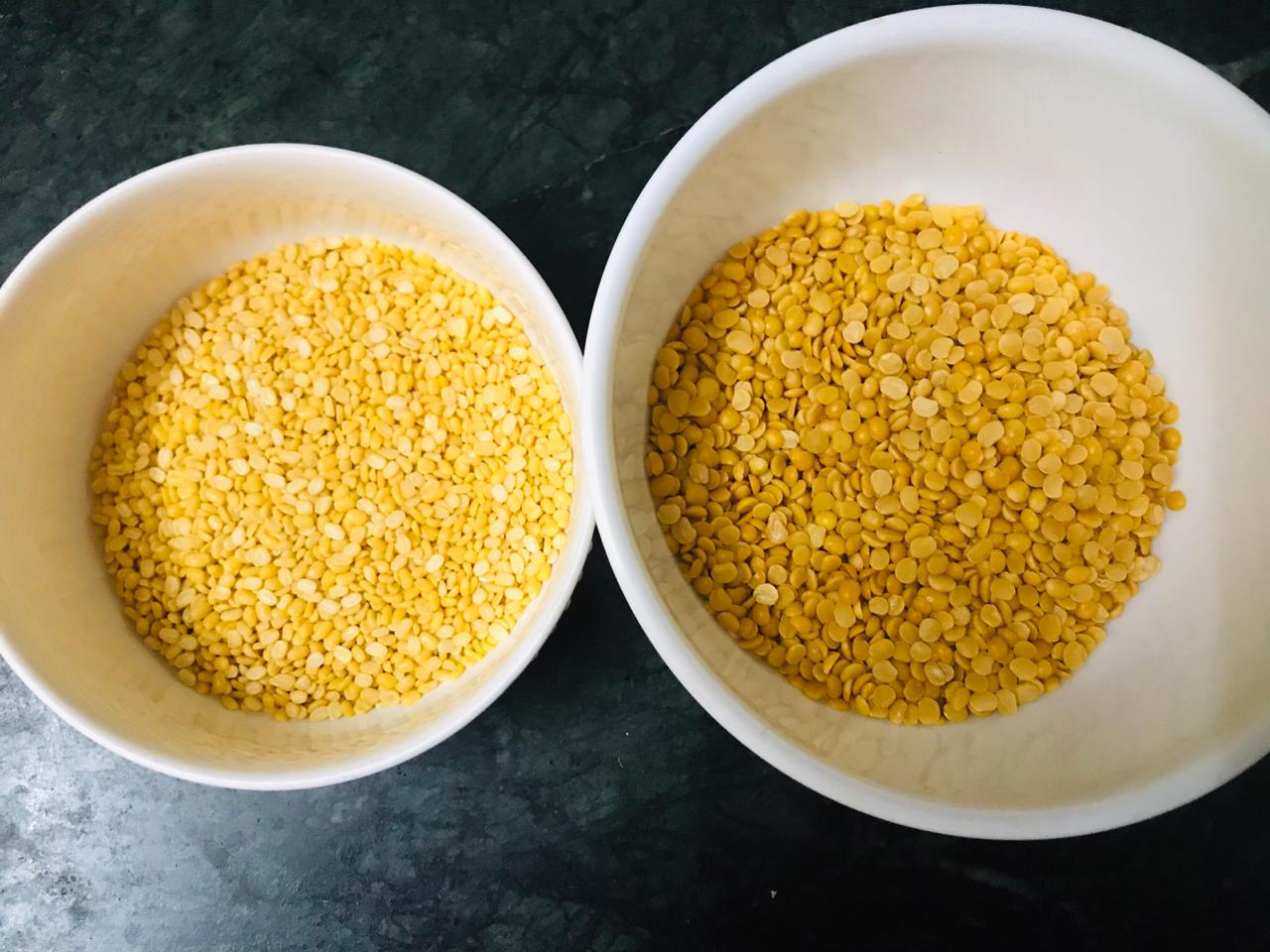
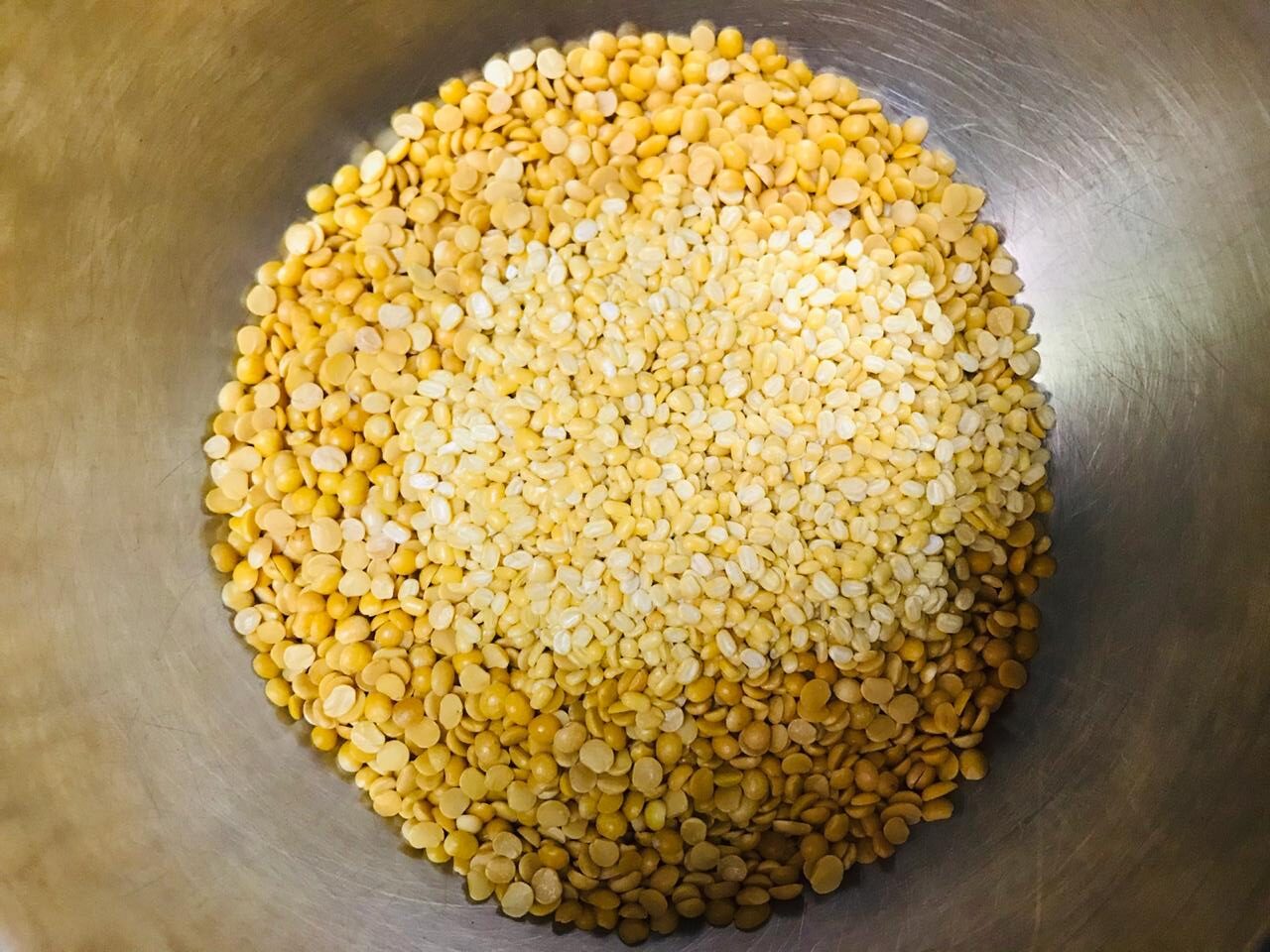
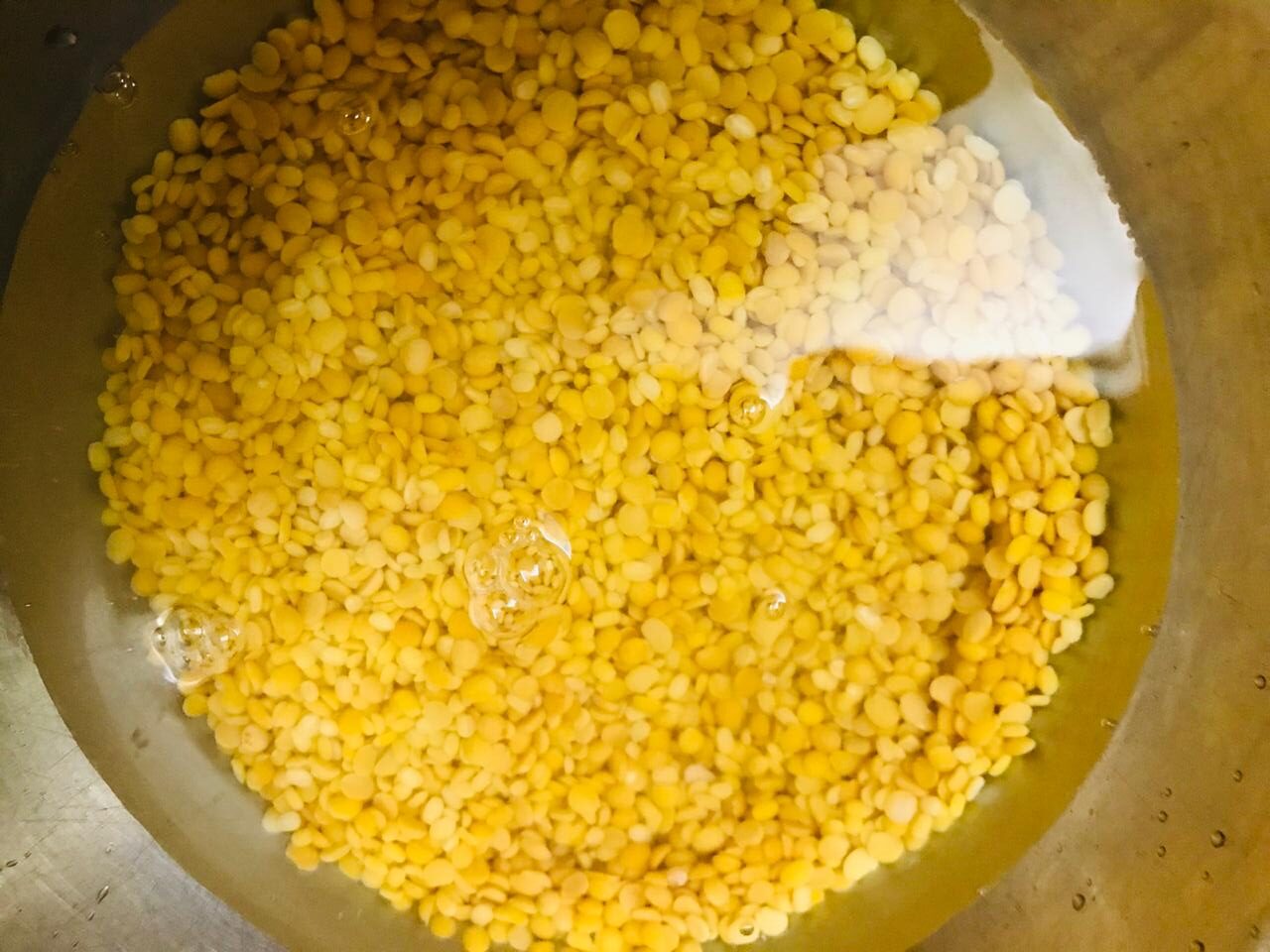
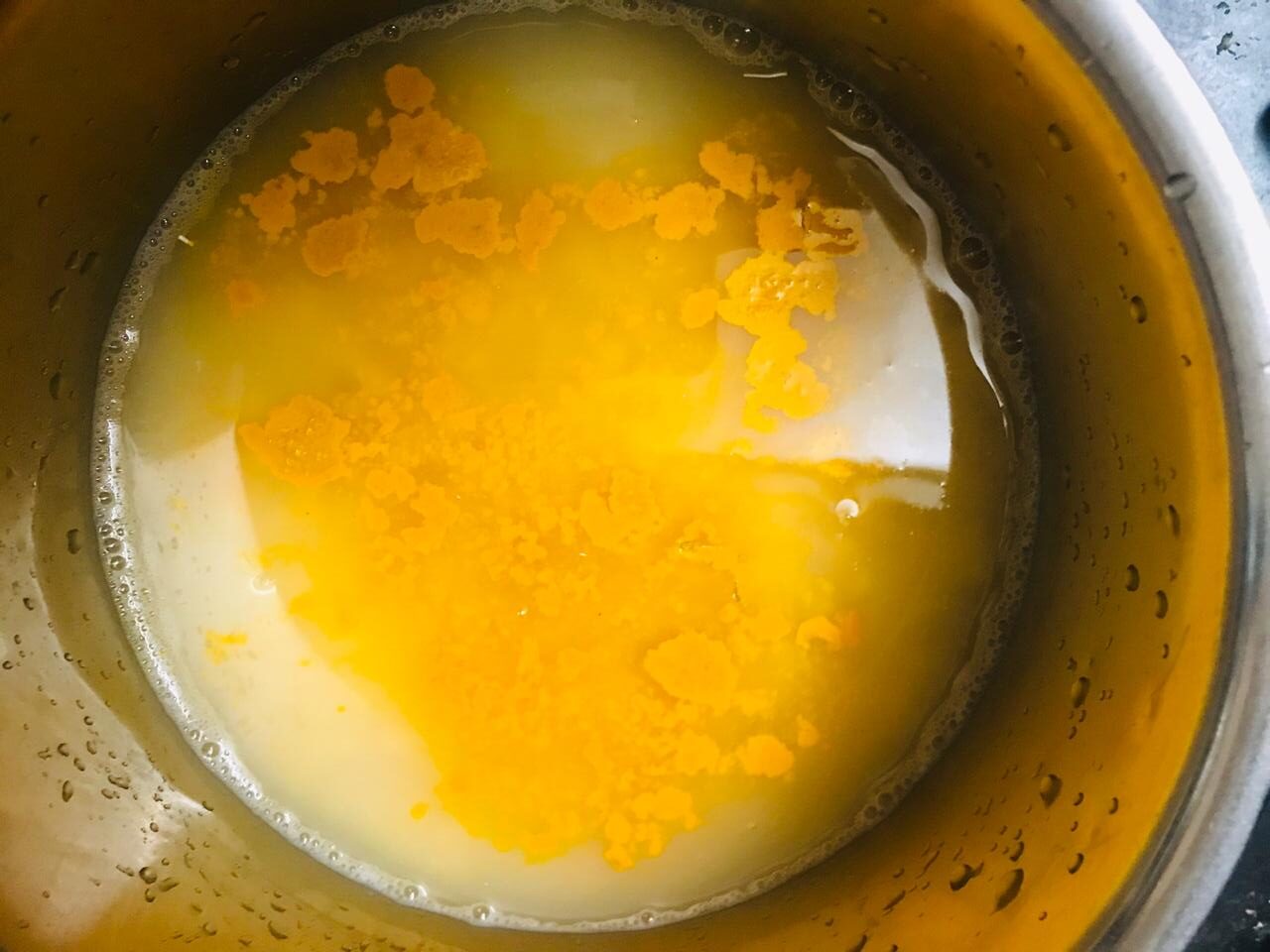

Wash and soak the dals for a couple of hours and then pressure cook them with salt and turmeric. (around 3 whistles)
(If cooking in deep pot, add the salt and turmeric and cook covered in medium to low heat till the lentils are cooked. Skim off any scum that rises to the surface.)
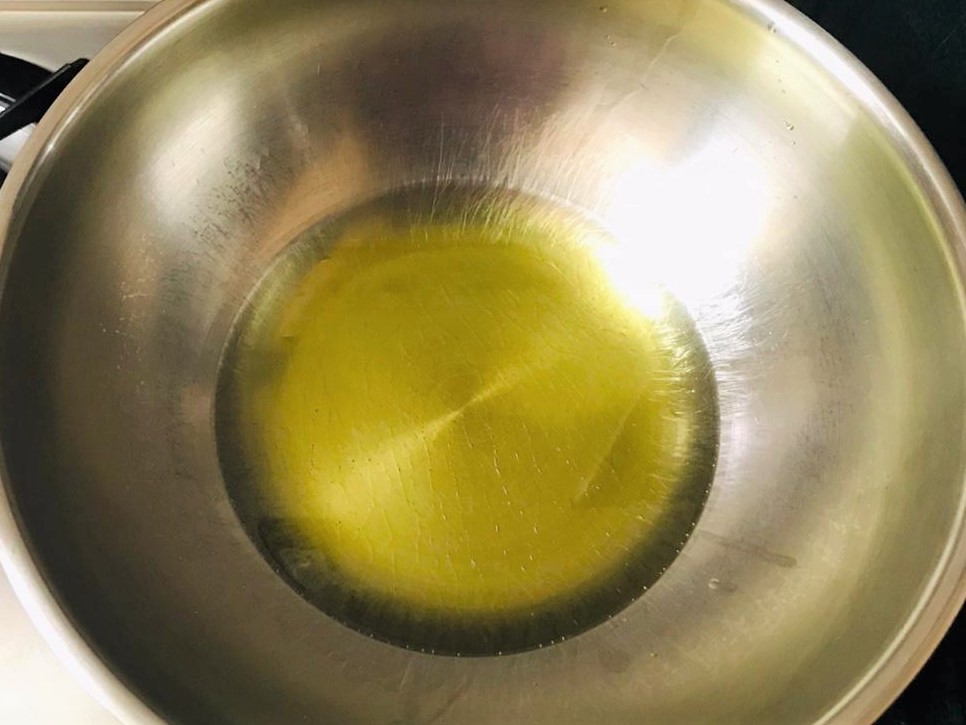
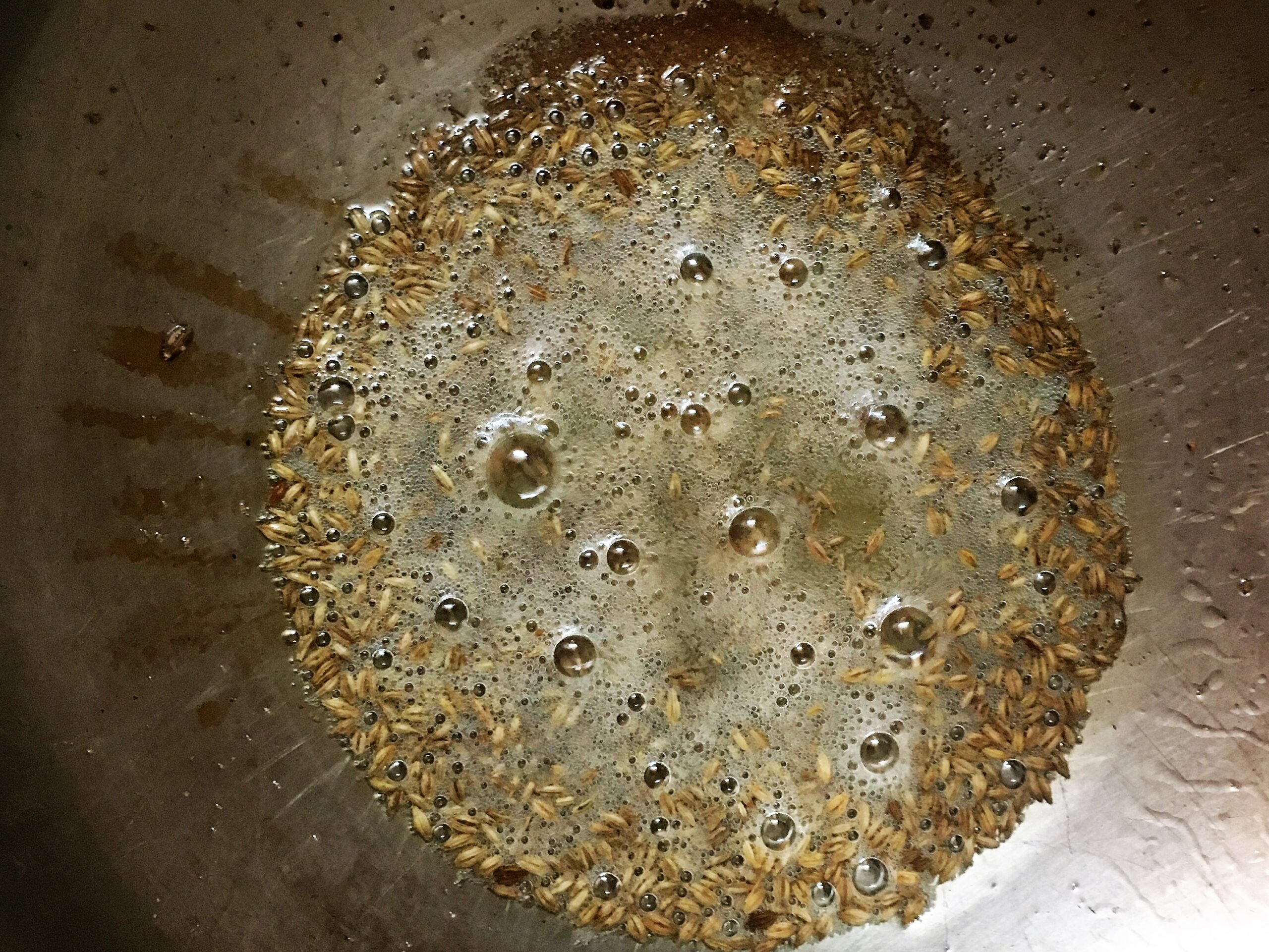
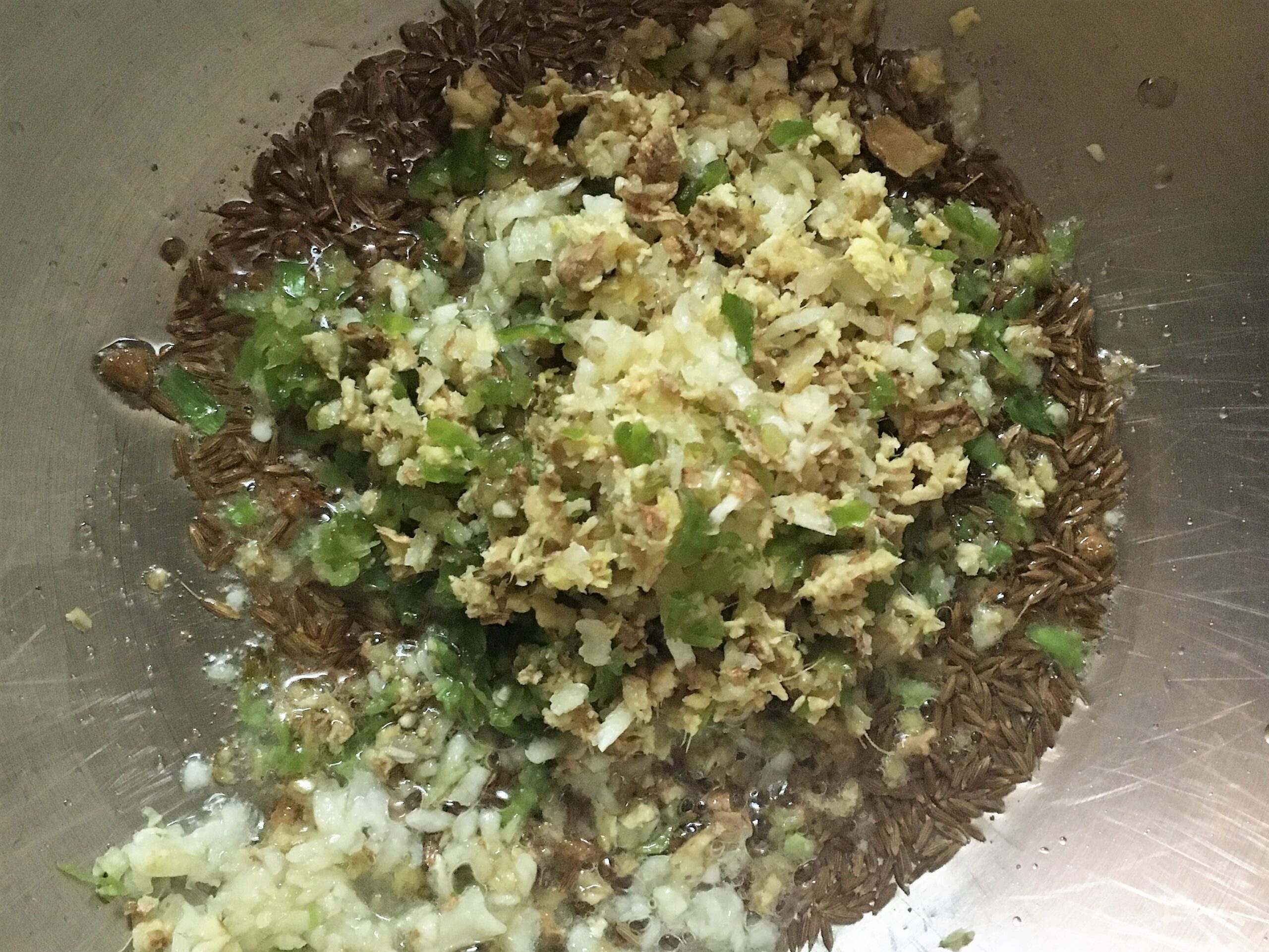
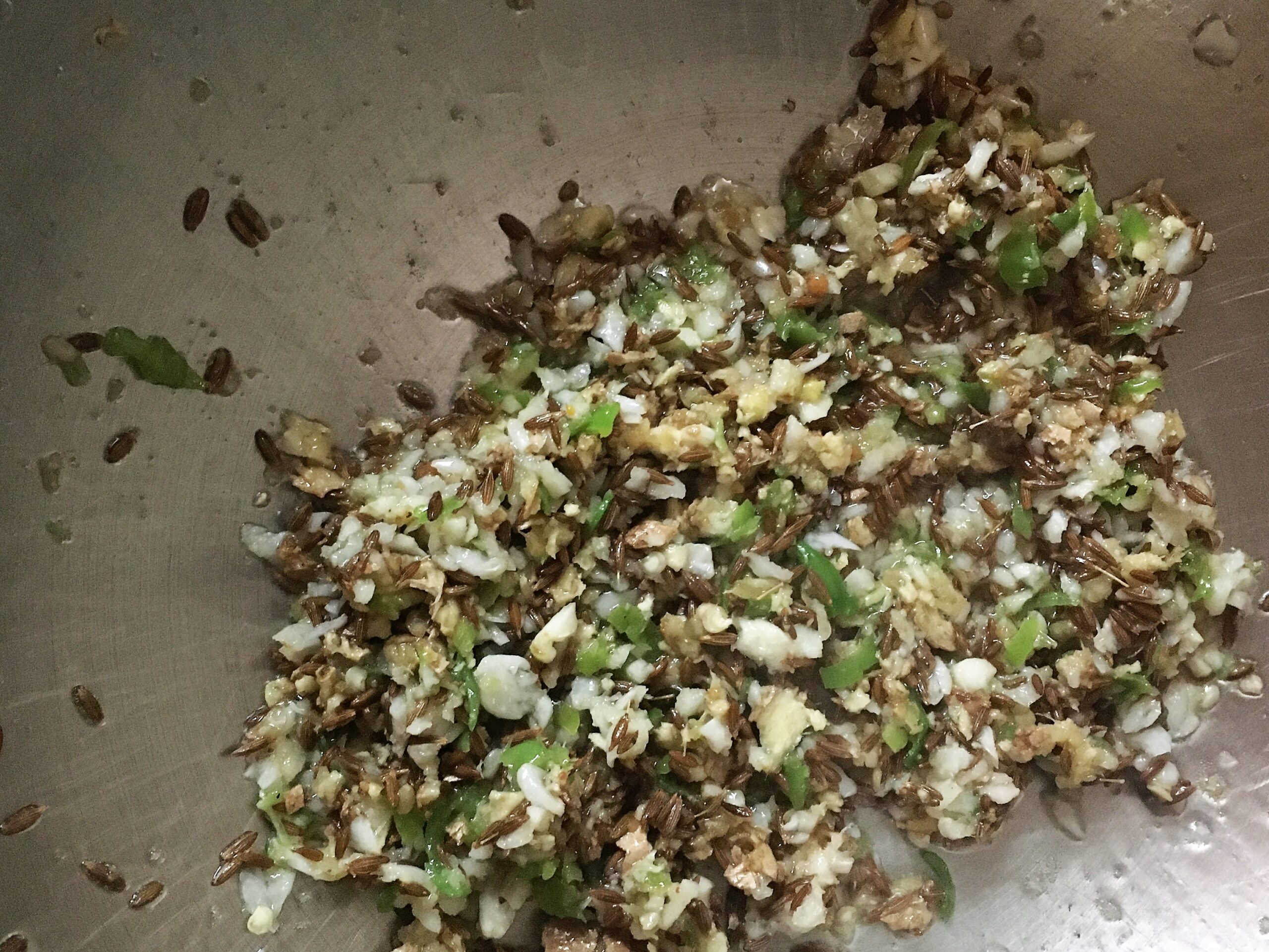
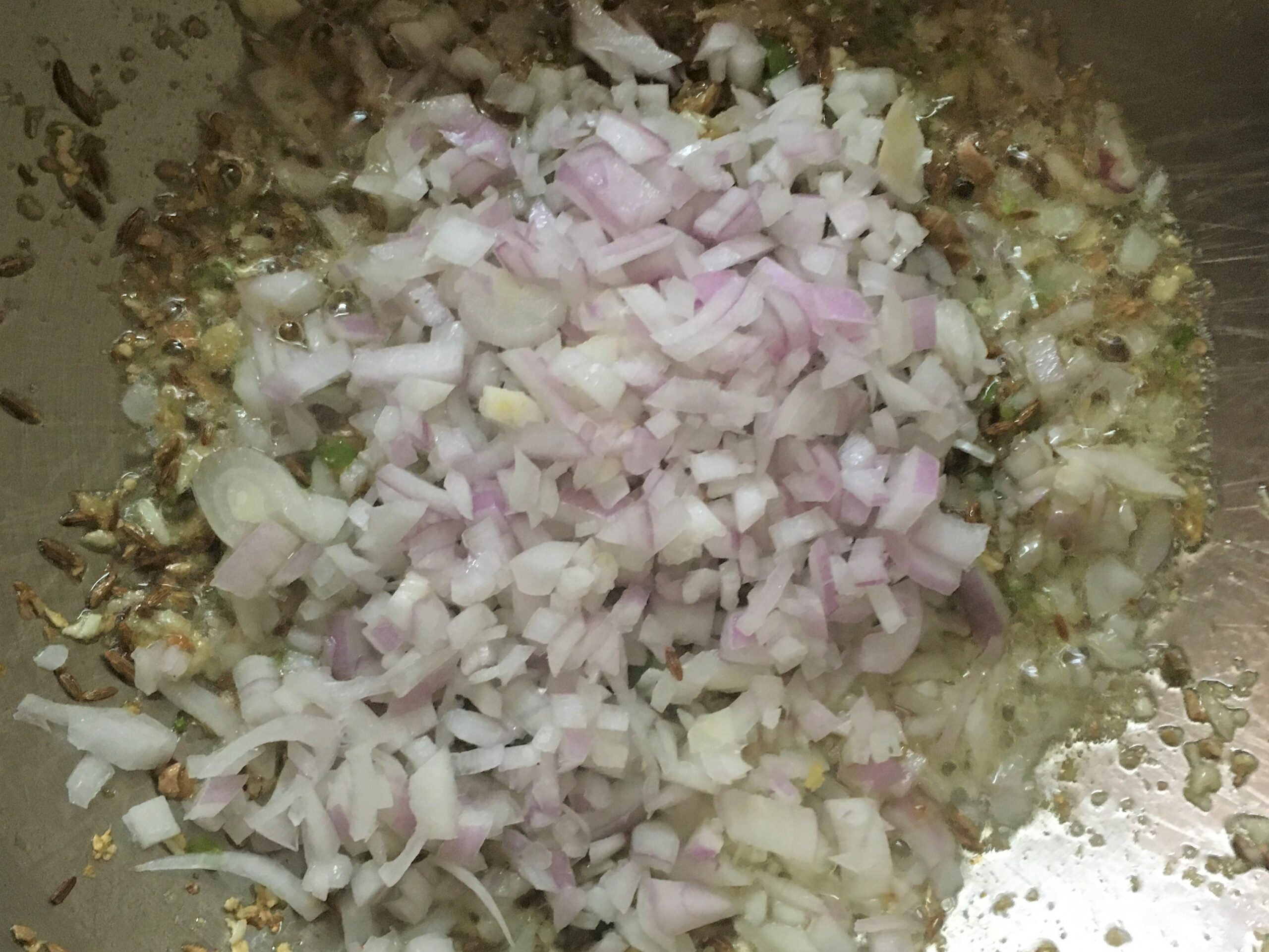
Heat ghee in a pan and add cumin seeds and asafoetida.
Add onion, ginger, chillies and garlic and sauté it for a couple of minutes till onions turns golden brown.
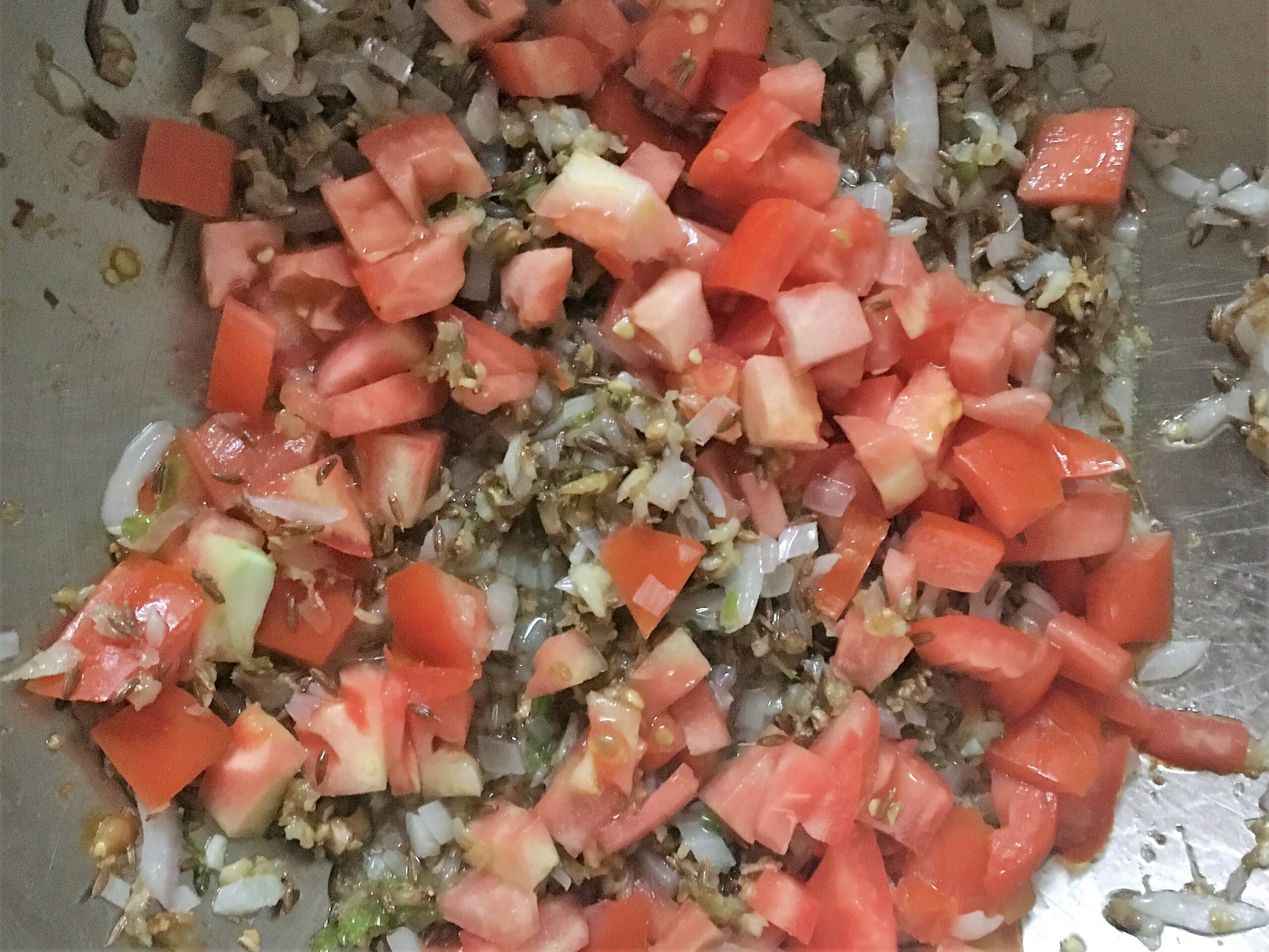
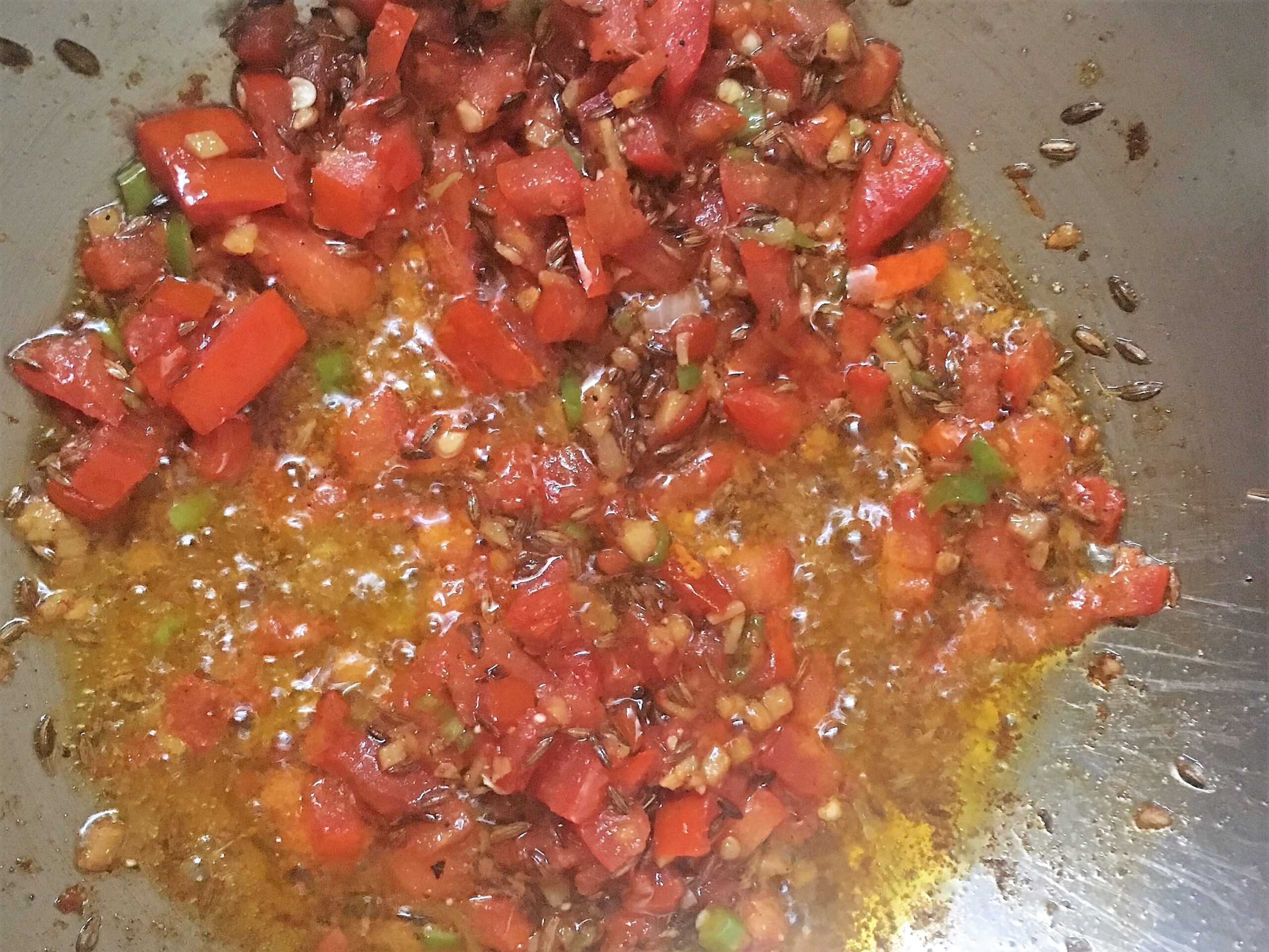
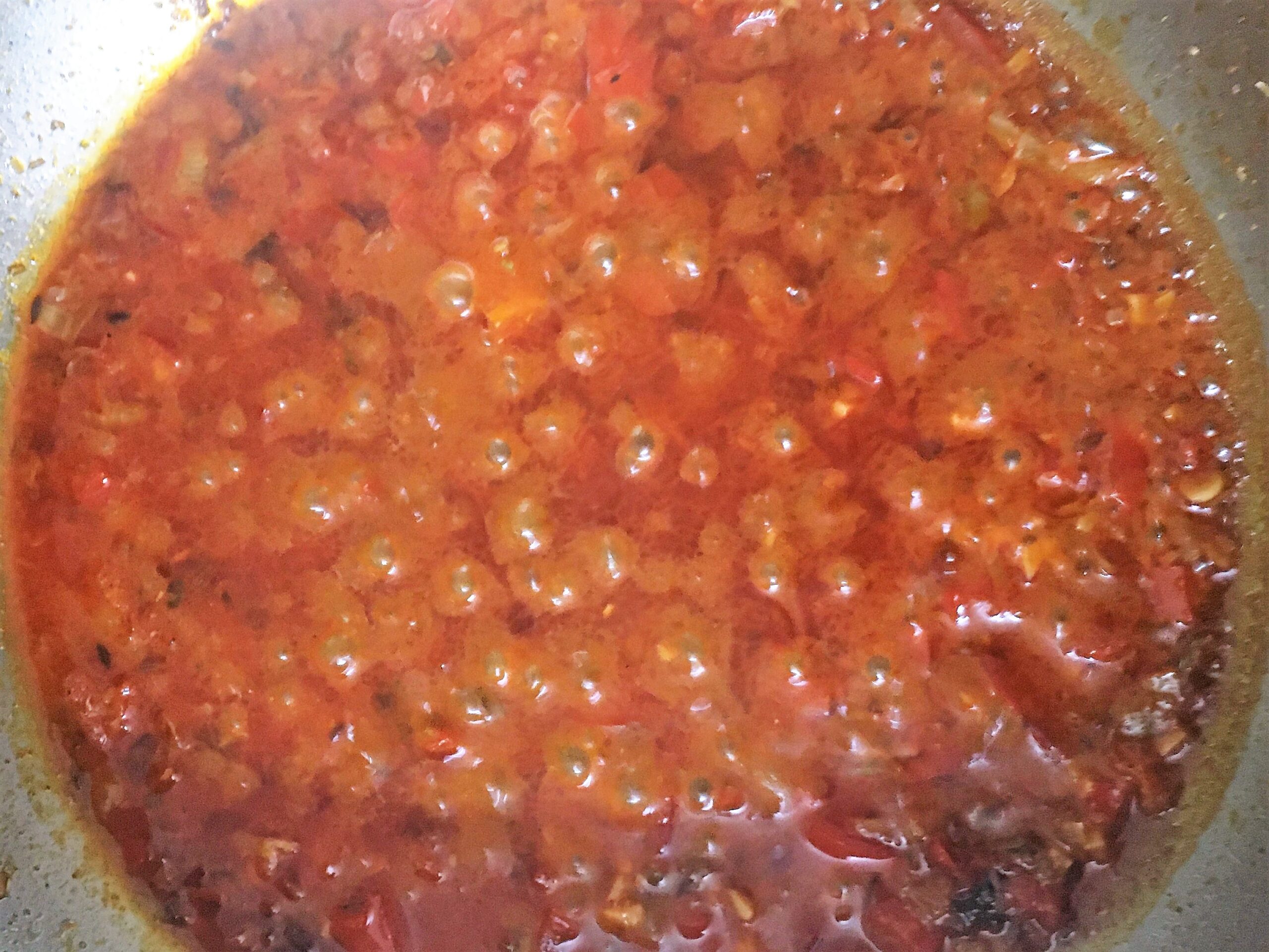
Add tomatoes and sauté for 3-4 minutes till the tomatoes are soft on medium heat.
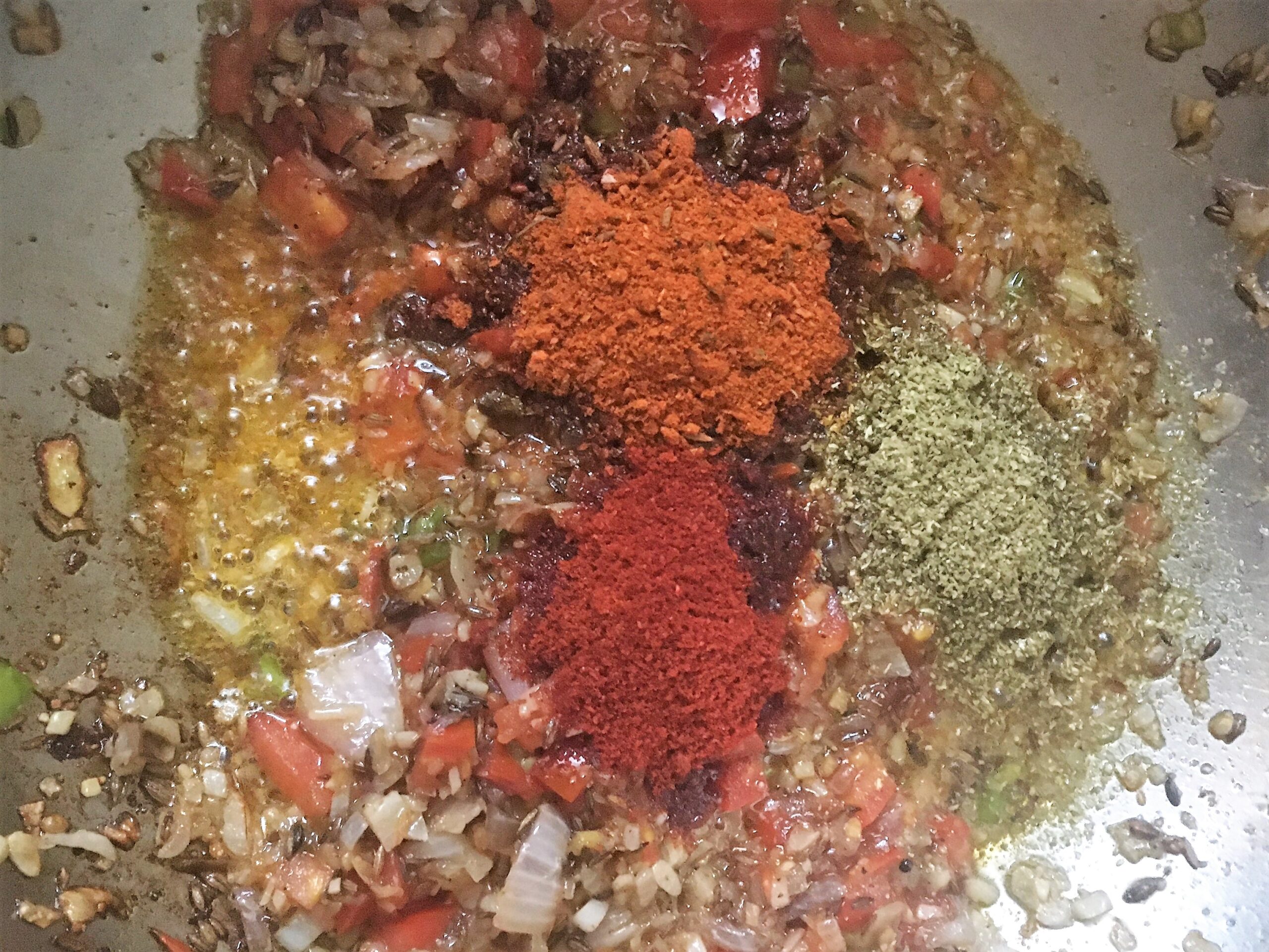

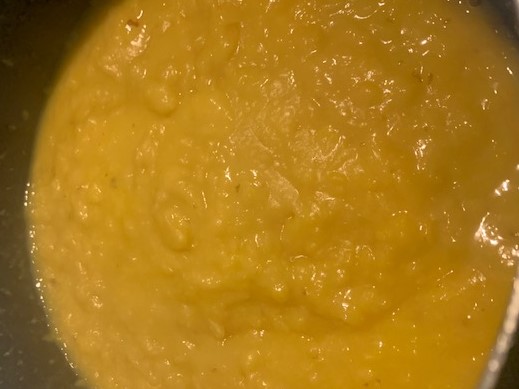
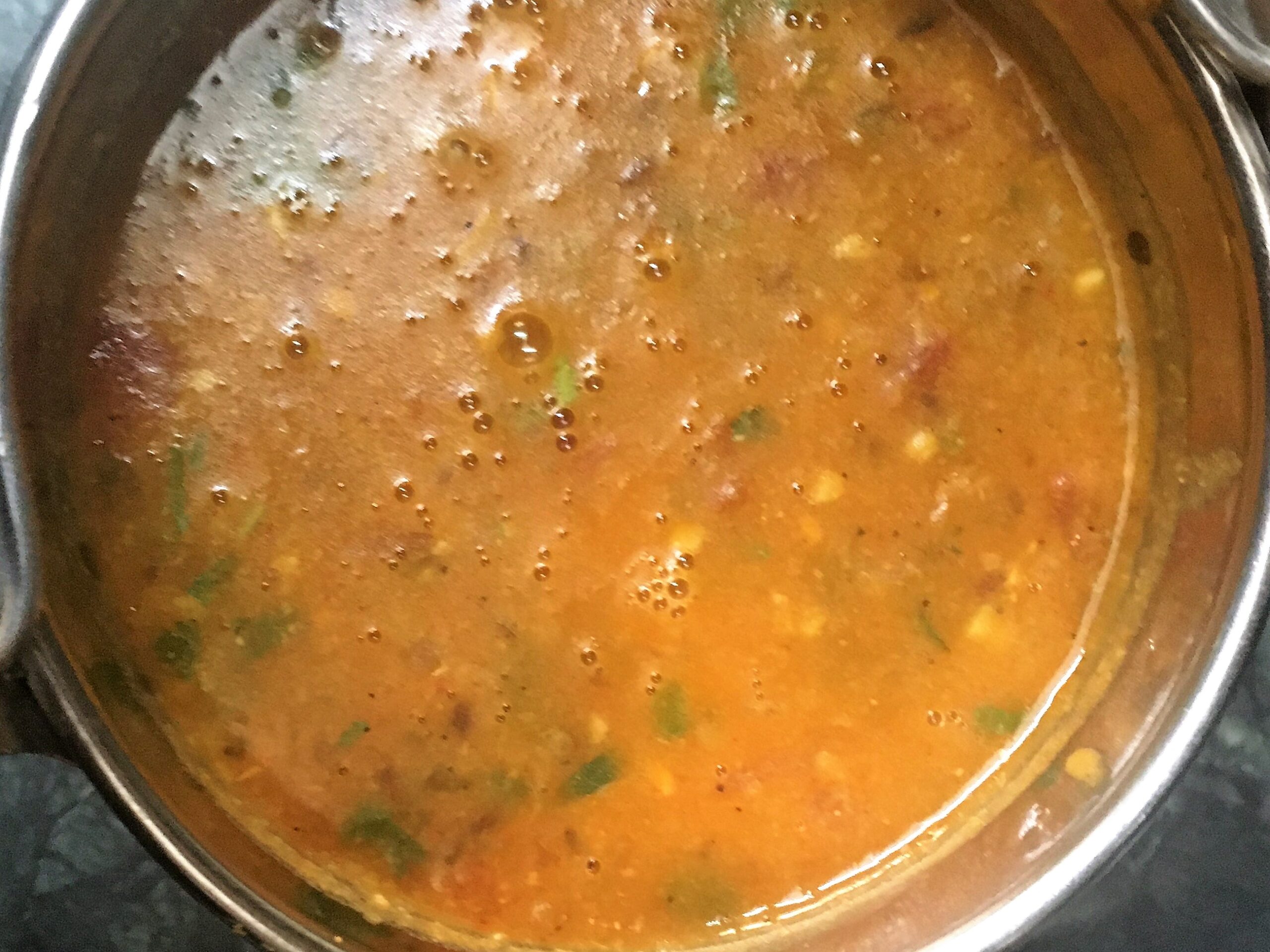
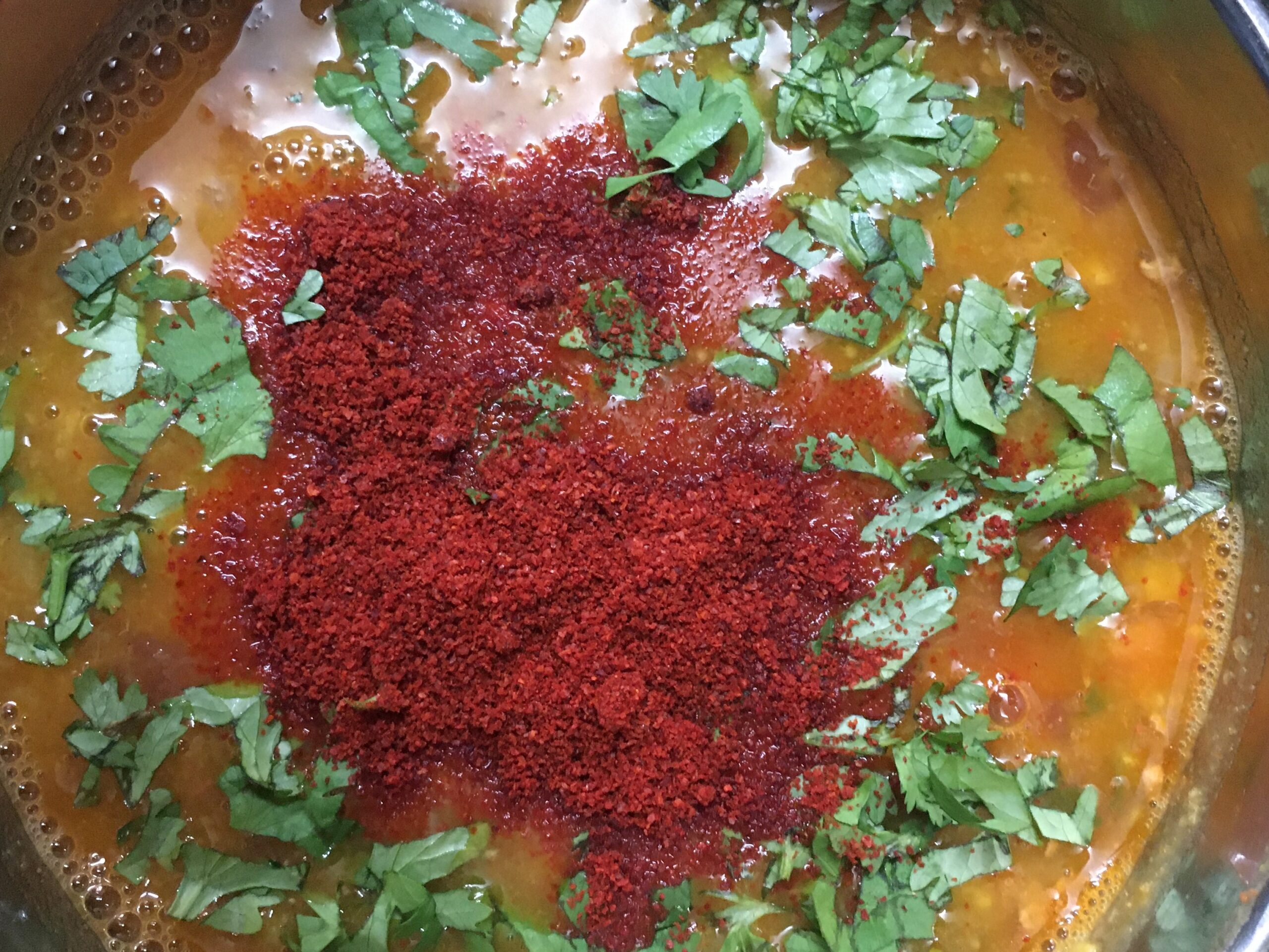
Once the tomatoes have softened add coriander powder, red chilli powder and dal tadka masala. Add ¼ C of water and cook it for a couple of minutes till the water starts boiling.
Add the boiled dal and chopped coriander to the onion tomato base and mix well.Adjust the consistency of the dal at this stage.
Empty the dal in a serving bowl and sprinkle the 1 teaspoon red chilli powder (from second tempering on the dal)
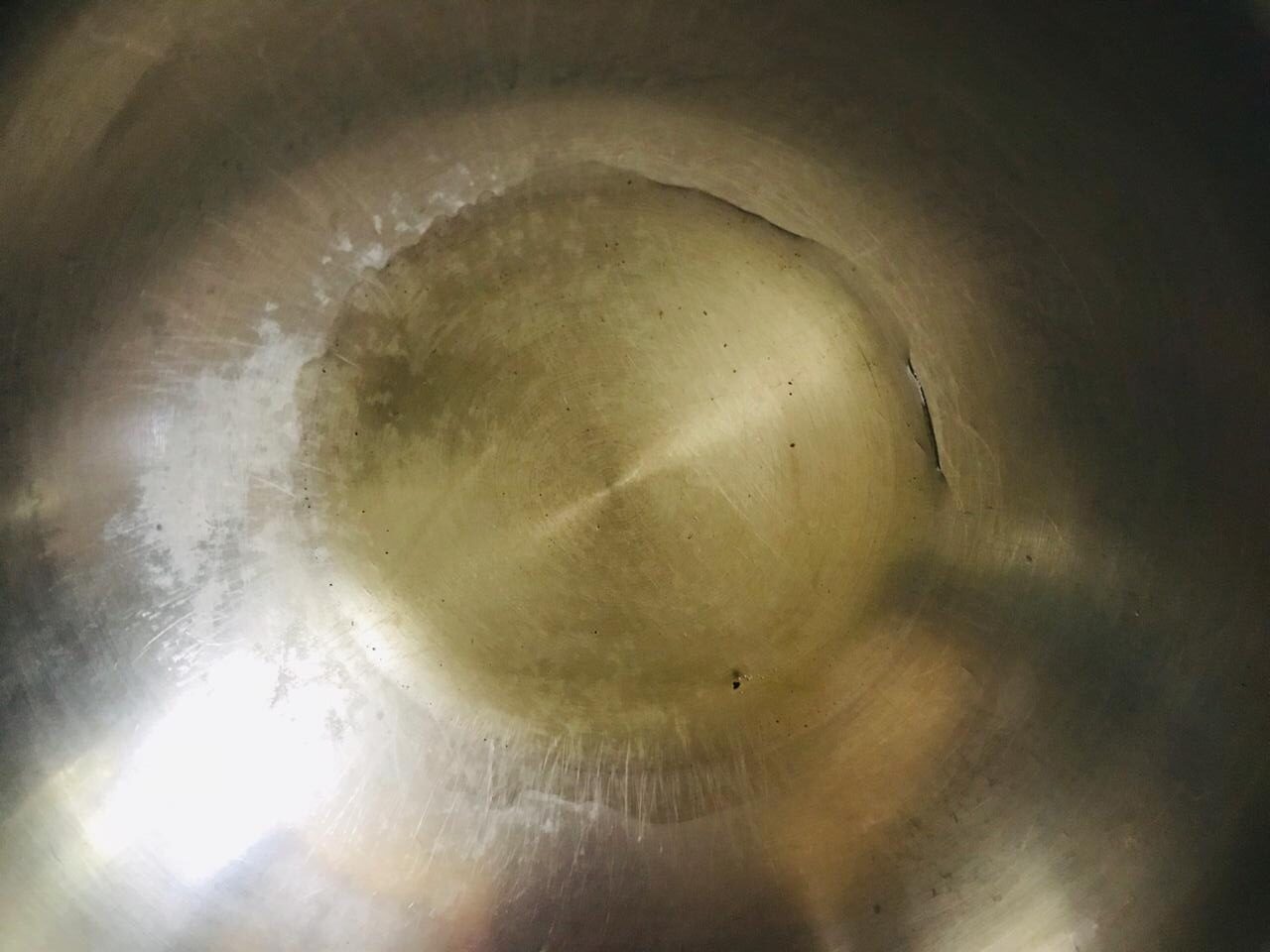
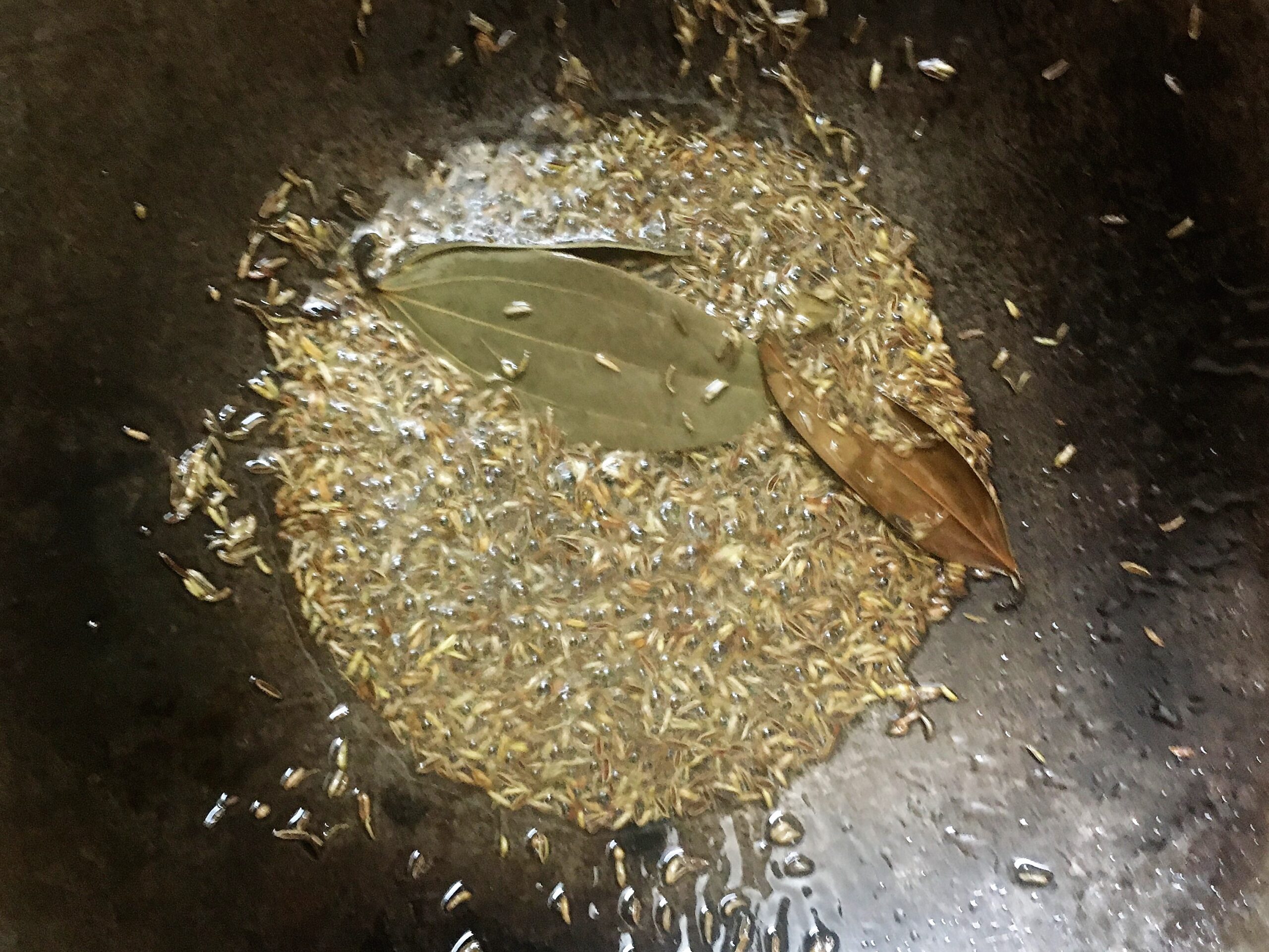
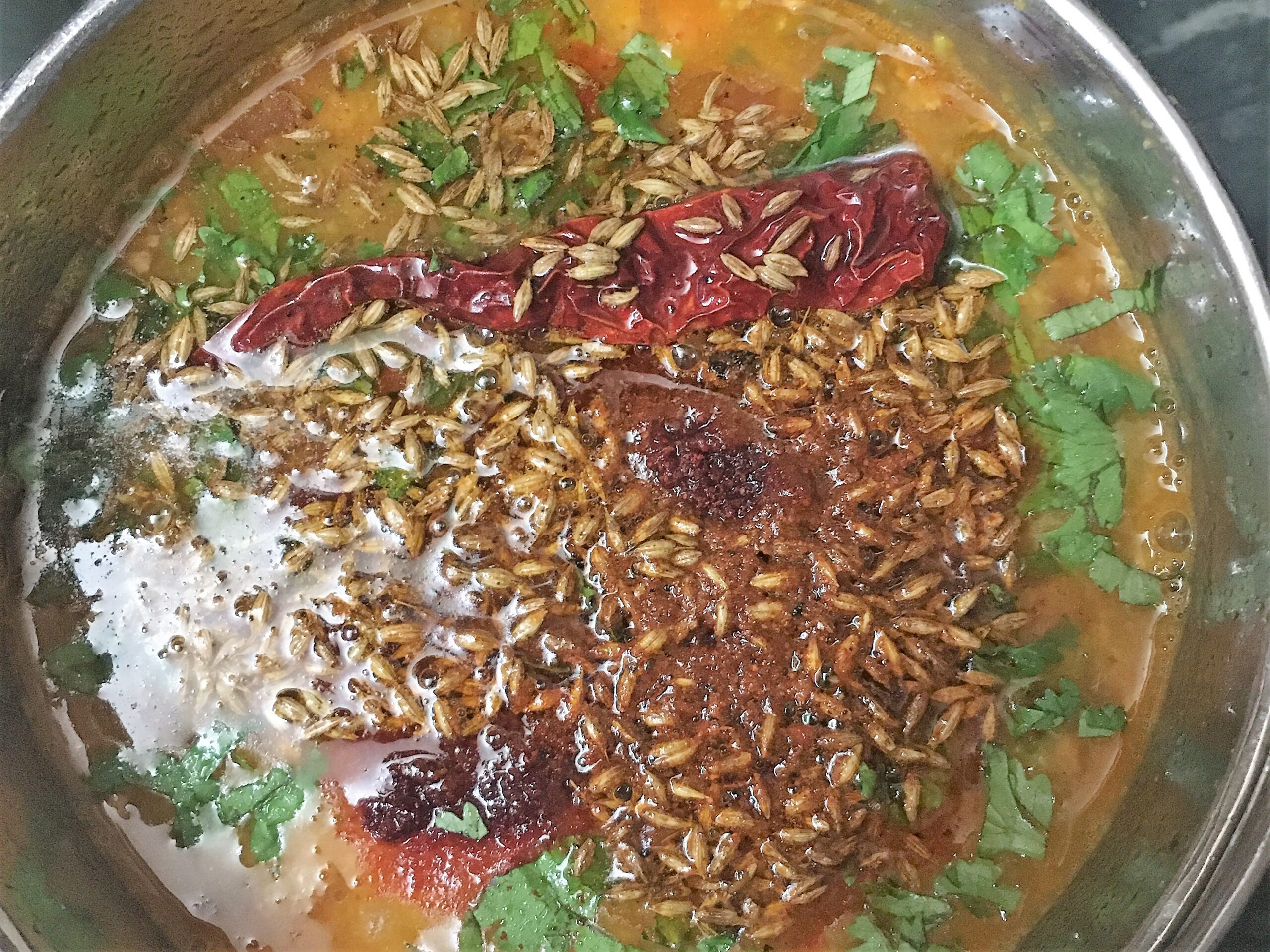
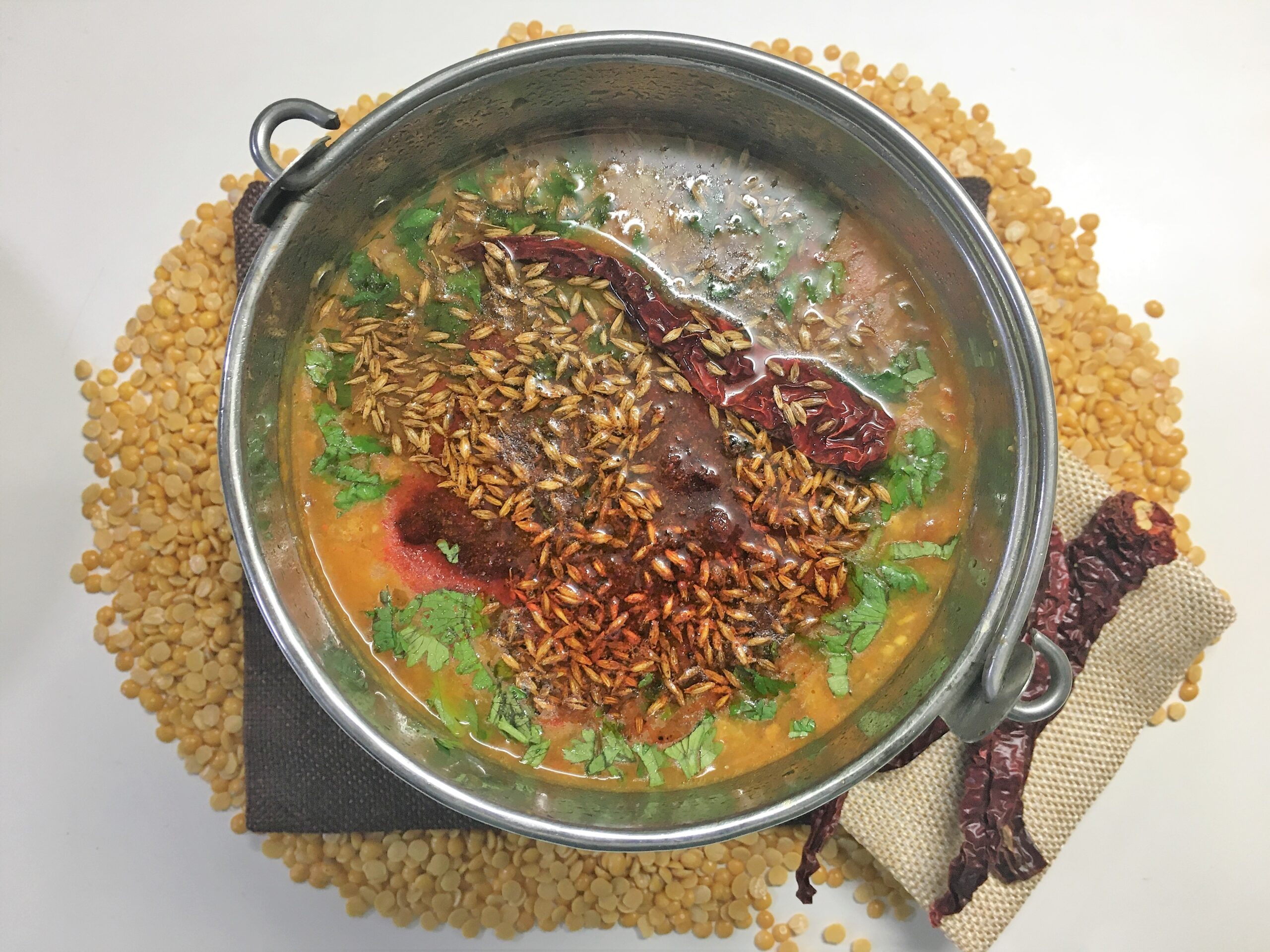
Second Tadka for dal
In a pan heat 2 tablespoon ghee and add cumin seeds.
Next, add bay leaf and whole red chilli ( optional) and sauté for a minute.
Now pour the hot tadka over hot dal.
Serve hot with Jeera rice, paratha, chapatti or tandoori roti.


